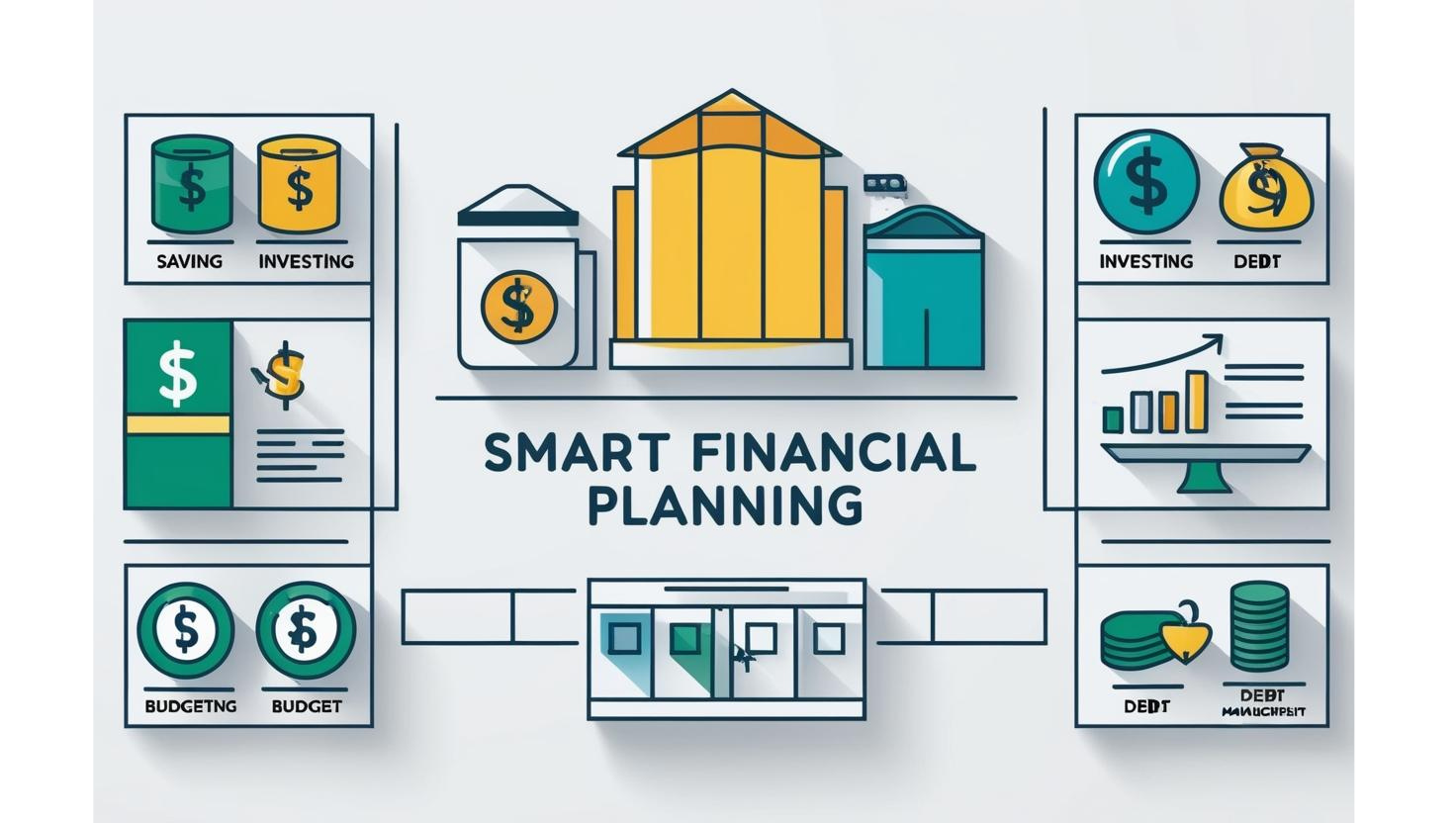Essential Year-Round Tax Tips for Smart Financial Planning
Taxes are an inevitable part of life, but with careful planning and a proactive approach, you can minimize your tax burden and maximize your savings. Instead of waiting until the last minute, consider tax planning as a year-round activity. By staying organized, informed, and strategic, you can make smarter financial decisions that benefit you not only during tax season but throughout the entire year. Here are some practical tips to help you stay ahead.

1. Maintain Organized Financial Records
One of the most important steps in effective tax planning is keeping your financial records in order. This includes receipts, invoices, bank statements, and any documentation related to income or expenses. A well-organized system—whether digital or physical—can save you time and stress when it’s time to file your taxes. Consider using apps or software designed for expense tracking to streamline the process. Proper record-keeping also ensures you don’t miss out on valuable deductions or credits.
2. Understand Your Tax Bracket
Your tax bracket plays a significant role in determining how much you owe each year. By understanding where your income falls within the federal and state tax brackets, you can make informed decisions about investments, retirement contributions, and other financial moves. For example, if you’re close to moving into a higher tax bracket, you might consider strategies like deferring income or increasing deductions to stay within a lower bracket.
3. Maximize Retirement Contributions
Contributing to retirement accounts is not only a smart way to save for the future but also an effective tax-saving strategy. Contributions to traditional IRAs and 401(k) plans are typically tax-deductible, reducing your taxable income for the year. If you have access to an employer-sponsored retirement plan, aim to contribute at least enough to take full advantage of any employer match. For those with higher incomes, explore options like a Roth IRA or a backdoor Roth conversion, which offer tax-free growth and withdrawals in retirement.
4. Utilize Tax-Advantaged Accounts
Health Savings Accounts (HSAs) and Flexible Spending Accounts (FSAs) are powerful tools for reducing your taxable income while saving for medical expenses. Contributions to these accounts are made with pre-tax dollars, and withdrawals for qualified medical expenses are tax-free. If you have a high-deductible health plan, an HSA can be particularly beneficial, as unused funds roll over year to year, providing long-term savings potential.
5. Strategize Charitable Donations
Charitable giving is not only a way to support causes you care about but also a potential source of tax savings. If you itemize your deductions, donations to qualified charities can reduce your taxable income. Keep detailed records of all contributions, including receipts and acknowledgment letters from the organizations. For larger donations, consider giving appreciated assets like stocks or real estate, which can help you avoid capital gains taxes while still providing a deduction for the fair market value of the asset.
6. Stay Informed About Tax Law Changes
Tax laws are constantly evolving, and staying up to date on changes can help you adapt your financial strategy accordingly. For example, recent legislation may introduce new credits, deductions, or changes to existing rules. Subscribing to reputable financial news sources or consulting with a tax professional can help you stay informed and take advantage of new opportunities.
7. Pay Estimated Taxes if Necessary
If you’re self-employed, a freelancer, or have significant non-wage income (such as rental income or investment gains), you may need to pay estimated quarterly taxes. Failing to do so can result in penalties and interest charges. Use IRS Form 1040-ES to calculate your estimated tax payments and ensure they’re submitted on time. Keeping track of your income and expenses throughout the year can make this process smoother.
8. Adjust Your Withholdings
Major life events—such as getting married, having a child, or buying a home—can significantly impact your tax situation. Review your W-4 form periodically to ensure the correct amount of tax is being withheld from your paycheck. If you’ve been receiving large refunds, you may want to adjust your withholdings to increase your take-home pay throughout the year. On the other hand, if you owe a large amount at tax time, increasing your withholdings can help you avoid a surprise bill.
9. Take Advantage of Tax Credits
Tax credits are one of the most valuable tools for reducing your tax liability, as they provide a dollar-for-dollar reduction in the amount you owe. Common credits include the Child Tax Credit, Earned Income Tax Credit, and education-related credits like the American Opportunity Tax Credit. Research the credits you may qualify for and ensure you meet all eligibility requirements. Unlike deductions, which reduce your taxable income, credits directly lower your tax bill.
10. Work with a Tax Professional
While many people successfully file their taxes using software or online tools, working with a tax professional can provide significant advantages. A qualified accountant or tax advisor can help you identify deductions and credits you might overlook, navigate complex tax situations, and develop a long-term tax strategy tailored to your financial goals. This is especially important if you have multiple income streams, own a business, or are dealing with estate planning.
Final Thoughts
Tax planning is not a one-time event but an ongoing process that requires attention and strategy. By implementing these tips throughout the year, you can reduce your tax burden, avoid last-minute stress, and make the most of your financial resources. Remember, the key to successful tax planning is staying proactive, staying informed, and seeking professional guidance when needed. With the right approach, you can turn tax season into an opportunity to strengthen your financial health.
How to Reach Svetlana
Svetlana works remotely with clients across all 50 states.
🌐 Website: gadzhieva.com
📧 Email: svetlana@gadzhieva.com
📱 Phone: (510) 974-3115
💬 Telegram: https://t.me/Svetlana_CPA
📸 Instagram: @gadzhievacpa
💼 LinkedIn: Svetlana Gadzhieva, CPA
📍 Based in California, available nationwide